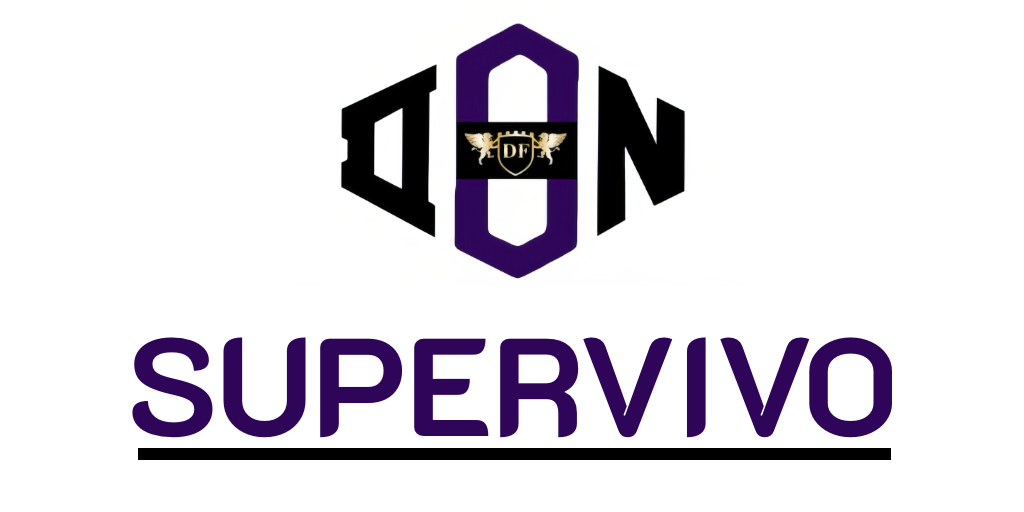Tech Refresh is a critical process that involves updating and upgrading technology systems to enhance performance, security, and overall functionality. In today’s fast-evolving digital landscape, understanding what is tech refresh allows organisations to keep their IT infrastructure relevant and efficient. Through regular information technology refreshment, businesses can mitigate risks associated with outdated systems and remain competitive.
The components of a tech refresh often include hardware replacements and software updates, forming a vital part of any technology upgrade strategy. As technology continues to advance, adopting a strategic approach to IT infrastructure renewal is essential for harnessing new innovations and maintaining a competitive edge.
Understanding Tech Refresh
Embracing a strategy for tech refresh is essential for any organisation aiming to thrive in today’s fast-paced digital landscape. This approach involves more than just upgrading equipment; it plays a critical role in the greater context of digital transformation and maintaining competitive advantage.
Definition and Importance
Tech refresh encompasses the planned replacement and upgrade of technology assets within an organisation. Its importance lies in extending the life of IT investments while aligning systems with current business needs. Regular updates can help avoid obsolescence, improve user experiences, and optimise operational efficiency.
How Tech Refresh Impacts IT Infrastructure
Regular technology upgrade is vital for enhancing IT infrastructure renewal. By integrating the latest advancements, organisations can ensure their systems are robust, scalable, and capable of supporting evolving business demands. This proactive approach not only bolsters productivity but also fosters innovation and adaptability in a rapidly changing environment.

What Is Tech Refresh and Its Role in Digital Transformation
What Is Tech Refresh? It represents a fundamental component of an organisation’s digital transformation strategy. As companies embark on their digital journey, transitioning from legacy systems to modern platforms becomes essential. These new systems incorporate advanced features that drive tech evolution, such as artificial intelligence and big data analytics.
The process of tech refresh plays a pivotal role in minimising the risks associated with technological stagnation. Without regular updates, organisations may face challenges in maintaining competitive advantages. A well-executed tech refresh strategy aligns seamlessly with a company’s digital innovation agenda, fostering enhanced collaboration and real-time data sharing.
By embracing regular refresh cycles, businesses ensure that their technological capabilities remain robust enough to support new digital initiatives. Improved customer engagement tactics directly result from the integration of up-to-date technologies. This ongoing commitment to tech evolution helps organisations achieve their strategic growth objectives while remaining agile in an ever-evolving marketplace.
The Benefits of Technology Upgrade
Investing in a technology upgrade can yield significant advantages for organisations aiming to thrive in today’s competitive landscape. As businesses adapt to evolving market demands, a focus on enhancing operational efficiency and improving system security becomes essential.
Enhancing Operational Efficiency
Regular updates to technology allow organisations to optimise their systems, resulting in accelerated processing speeds and improved reliability. Outdated systems can lead to inefficiencies that drain resources. By implementing a technology upgrade, companies can free up valuable time and capital, ultimately enhancing operational efficiency. Streamlined processes not only boost productivity but also contribute to a superior customer experience, as products and services are delivered with greater effectiveness.
Improving System Security
In an era where cyber threats are increasingly sophisticated, ensuring robust system security is vital. A technology upgrade often includes enhanced security features that protect sensitive data and maintain customer trust. With an emphasis on IT infrastructure renewal, organisations can safeguard themselves against potential breaches and vulnerabilities, ensuring that their operations remain resilient and trustworthy in the eyes of their clients.
Hardware Updates and Software Modernisation
In today’s rapidly evolving technological landscape, evaluating current systems becomes crucial for any organisation aiming for success. Understanding the state of existing IT assets not only highlights performance metrics but also identifies areas needing improvement. This essential process includes assessing hardware performance and software capabilities to ensure alignment with overarching business goals. By identifying outdated infrastructure, organisations can streamline their decision-making process regarding necessary upgrades.
Evaluating Current Systems
To embark on an effective journey of information technology refreshment, thorough evaluation sets the stage. It involves a comprehensive analysis of hardware and software, focusing specifically on:
- Performance metrics indicating potential bottlenecks
- Compatibility with existing systems and future enhancements
- Alignment with strategic business objectives
Such insights will guide organisations in recognising features that require software modernisation or hardware updates, ensuring technology evolves alongside business needs.
Strategies for Effective Updates
Once the evaluation concludes, the next phase encompasses developing strategies for effective updates. Implementing a structured approach helps maximise the impact of technology investments while minimising disruption. Possible strategies may include:
- Prioritising critical updates that align with business objectives
- Collaborating with stakeholders to determine budget constraints and resource availability
- Creating a phased implementation plan to allow for seamless transitions
By embracing these methods, organisations can create a roadmap that supports ongoing hardware updates and software modernisation initiatives, leading to sustainable technological growth.
Planning for IT Infrastructure Renewal
In the realm of IT infrastructure renewal, organisations must approach the future with a sense of strategic foresight. Effective tech refresh planning involves recognising not only current technology requirements but also anticipating upcoming trends that may influence operational efficiency. As the landscape of technology evolves, aligning technology upgrade initiatives with both immediate needs and long-term objectives is paramount for sustainable growth.
Integrating cloud services and enhancing mobile capabilities are essential considerations in the tech refresh planning process. Implementing a comprehensive strategy that accounts for these innovations ensures resilience in an ever-changing business environment. Moreover, the increasing reliance on data-driven decision-making highlights the necessity of maintaining a modernised IT framework that can adapt to future challenges.
Ultimately, successful IT infrastructure renewal is achieved through a well-structured tech refresh schedule that focuses on not only enhancing current systems but also supporting the organisation’s vision for the future. By prioritising innovation and agility, businesses can remain competitive and responsive, ready to seize new opportunities in a digital world.









